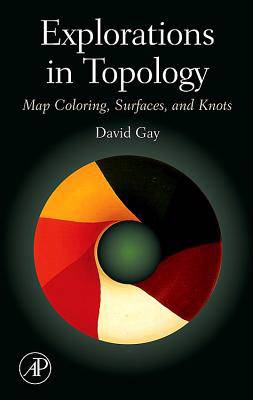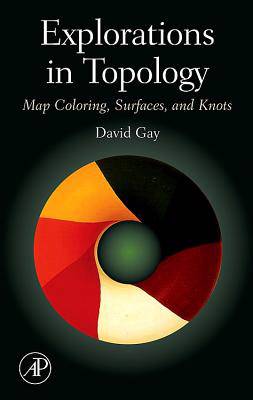
- Afhalen na 1 uur in een winkel met voorraad
- Gratis thuislevering in België vanaf € 30
- Ruim aanbod met 7 miljoen producten
- Afhalen na 1 uur in een winkel met voorraad
- Gratis thuislevering in België vanaf € 30
- Ruim aanbod met 7 miljoen producten
Zoeken
€ 75,95
+ 151 punten
Omschrijving
This book gives students a rich experience with low-dimensional topology, enhances their geometrical and topological intuition, empowers them with new approaches to solving problems, and provides them with experiences that would help them make sense of a future, more formal topology course. The innovative story-line style of the text models the problems-solving process, presents the development of concepts in a natural way, and through its informality seduces the reader into engagement with the material. The end-of-chapter Investigations give the reader opportunities to work on a variety of open-ended, non-routine problems, and, through a modified Moore method, to make conjectures from which theorems emerge. The students themselves emerge from these experiences owning concepts and results. The end-of-chapter Notes provide historical background to the chapter s ideas, introduce standard terminology, and make connections with mainstream mathematics. The final chapter of projects provides opportunities for continued involvement in research beyond the topics of the book.
* Students begin to solve substantial problems right from the start
* Ideas unfold through the context of a storyline, and students become actively involved
* The text models the problem-solving process, presents the development of concepts in a natural way, and helps the reader engage with the material"
* Students begin to solve substantial problems right from the start
* Ideas unfold through the context of a storyline, and students become actively involved
* The text models the problem-solving process, presents the development of concepts in a natural way, and helps the reader engage with the material"
Specificaties
Betrokkenen
- Auteur(s):
- Uitgeverij:
Inhoud
- Aantal bladzijden:
- 352
- Taal:
- Engels
Eigenschappen
- Productcode (EAN):
- 9781493300884
- Verschijningsdatum:
- 29/11/2006
- Uitvoering:
- Paperback
- Formaat:
- Trade paperback (VS)

Alleen bij Standaard Boekhandel
+ 151 punten op je klantenkaart van Standaard Boekhandel
Beoordelingen
We publiceren alleen reviews die voldoen aan de voorwaarden voor reviews. Bekijk onze voorwaarden voor reviews.











